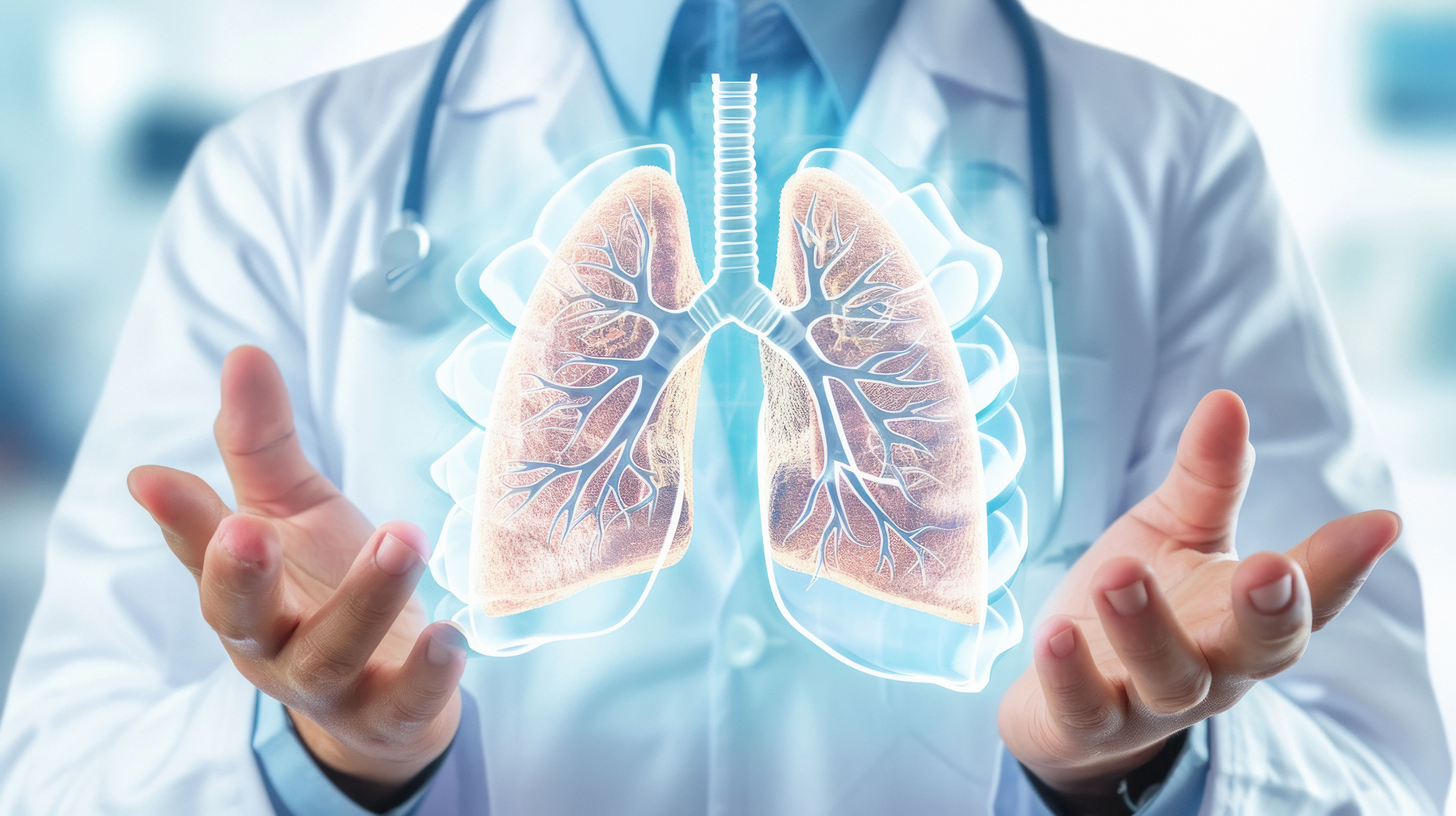Article
Chemical Found in e-Cigarette Fluid Linked to Vaping-Related Respiratory Failure of Teen
Author(s):
The fluid in e-cigarettes were associated with the near fatal respiratory failure of a teenage boy who was found to have an exaggerated immune response to one of its chemicals while vaping, according to a report published this week by doctors.
The fluid in e-cigarettes were associated with the near fatal respiratory failure of a teenage boy who was found to have an exaggerated immune response to one of its chemicals while vaping, according to a report published this week by doctors in the Archives of Disease in Childhood.
Doctors from Nottingham University Hospital National Health Service (NHS) Trust reported that a 16-year-old boy, who had not been diagnosed with asthma before, had developed hypersensitivity pneumonitis, a condition that follows the inhalation of antigens and causes the air sacs and airways in the lungs to become severely inflamed. The boy, named Ewan Fisher, was initially thought to have worsening asthma and exhibited symptoms such as fever, persistent cough, and increasing difficulty breathing throughout the previous week, but after antibiotics and an asthma reliever inhaler failed to alleviate symptoms, Fisher was admitted to a hospital.
Doctors reported that Fisher’s condition deteriorated rapidly as he experienced intractable respiratory failure, which required the use of extracorporeal membrane oxygen, an external assistance for his heart and lungs to work properly, as well as, intravenous antibiotics and steroids. As a result of his critical illness and steroid treatment, Fisher developed myopathy and required a lengthy rehabilitation after the severity of his condition subsided.
After speaking with Fisher during his recovery, it was found that he had recently started vaping. Doctors then conducted a series of tests to determine whether his lung scans and biopsy samples found consistent with hypersensitivity pneumonitis could have been caused by vaping:
- Stick prick testing (SPT) conducted to test reaction from e-cigarette fluid
- Blood samples extracted to determine whether specific serum IgM antibodies were triggered by vaping fluids
After testing Fisher’s skin reactivity with 2 e-cigarette liquids that he had used (different flavors but identical ingredients: 0.3% nicotine, VG, mono-PG) and positive control of 5 mm, he had a negative SPT, which suggested he did not have an allergic reaction to the substance. However, 8 hours after SPT, his condition deteriorated with chest tightness, difficulty breathing, and widespread wheeze requiring treatment. The doctors cited this exacerbation of symptoms as due to antigen re-exposure, stressing the role of e-cigarette liquid in developing his condition.
Blood test analyses showed that his condition may have been caused by one, as opposed to both, of the e-cigarette liquid flavors as Fisher had IgM specific antibodies for liquid 1, but not liquid 2, raising the possibility that the eliciting antigen was present in liquid 1, noted the authors. After 14 months, Fisher’s symptoms cleared up, and the condition of his lungs returned to normal based on his spirometry (forced expiratory volume in 1s = 4.35 L, z score = —0.65; forced vital capacity = 5.12 L, z score = –0.16).
Jayesh Mahendra Bhatt, MD, a consultant in paediatric respiratory medicine at Nottingham University Hospitals NHS Trust, highlighted that “the evidence we gathered showed that it was [vaping] that was to blame,” said Bhatt. While the allergic reaction developed by Fisher may not apply to all vapers, the effect that the chemicals in e-cigarette fluid has on susceptible individuals warrants further investigation.
“There are two important lessons here. The first is always to consider a reaction to e-cigarettes in someone presenting with an atypical respiratory illness. The second is that we consider e-cigarettes as ‘much safer than tobacco’ at our peril,” said the doctors.
Reference
Nair N, Hurley M, Gates S, et al. Life-threatening hypersensitivity pneumonitis secondary to e-cigarettes. Arch Dis Child. [published online November 11, 2019]. doi: 10.1136/archdischild-2019-317889.

Study Highlights Key RA-ILD Risk Factors, Urges Early Screening

Study Highlights Key RA-ILD Risk Factors, Urges Early Screening
2 Commerce Drive
Suite 100
Cranbury, NJ 08512
© 2025 MJH Life Sciences® and AJMC®.
All rights reserved.




